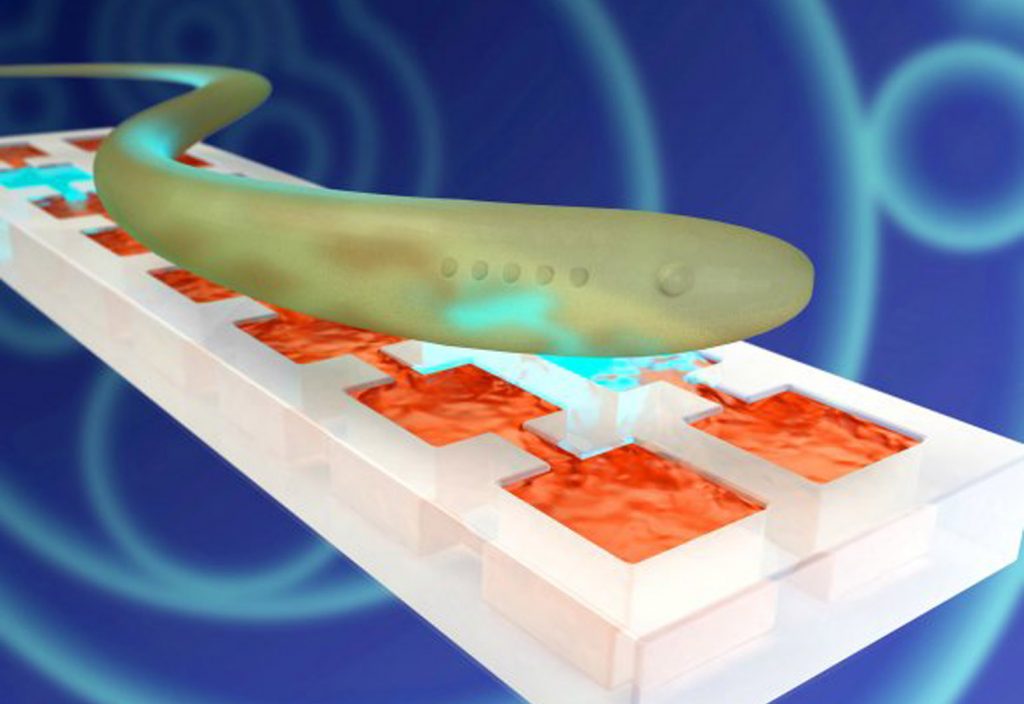Drawing inspiration from the sinuous motion of a swimming blue eel, a team of American researchers have discovered a process for engineering next-generation soft materials, with embedded chemical networks that mimic the behaviour of neural tissue.
Dr Seth Fraden of Brandeis University in Massachusetts studied how a type of neural network present in the eel, named the Central Pattern Generator, produces waves of chemical pulses that propagate down the eel’s spine to rhythmically drive swimming muscles.
His lab approached the challenge of engineering a material mimicking the generator by first constructing a control device that produces the same neural activation patterns biologists have observed. They created a control system that runs on chemical power, as is done in biology, without resorting to any computer or electromechanical devices, which are the hallmarks of man-made, hard robotic technology.
Their breakthrough came when they realised that the same CPG dynamics could be captured on a non-biological platform if they used a well-known oscillating chemical process known as the Belousov-Zhabotinsky reaction. The lab developed state-of-the-art fabrication techniques for soft materials engineering artificial chemical networks at the nanoscale that, altogether, would be capable of producing a wide variety of patterns. Their resulting robust chemical networks produced distributed dynamic patterns identical to the eel’s Central Pattern Generator.
“The engineering principles they identified are general and can be applied to design a whole range of other Central Pattern Generators, such as those responsible for other autonomous functions, such as the gait of a horse, for example, walk, canter, trot and gallop,” said Fraden
The team now plans to take on the challenge of transferring the information coded in the dynamic patterns from the chemical networks to create a targeted mechanical response within a novel chemo-mechanical gel. This could transition the research from artificial material mimicking neural tissue to artificial tissue now mimicking neuromuscular tissue.
